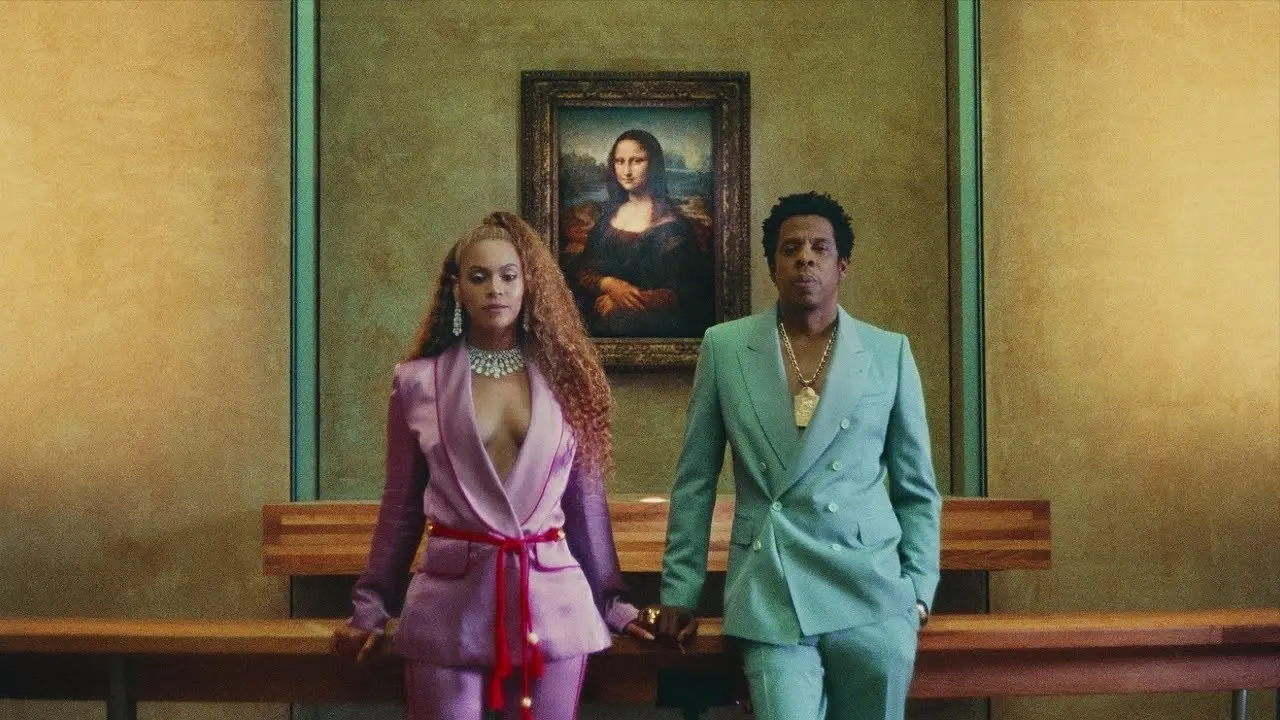Sunday, 27 July: Access to the Louvre grounds will be disrupted due to the Tour de France passing through. Find more information in the Map, entrances & directions section.



Accessible on:
Monday, Wednesday, Thursday, Friday, Saturday and Sunday
Introduction
In 2018, the Carters shook things up at the venerable Louvre palace! Follow this trail to see the highlights the superstar couple picked out for their ‘APES**T’ music video.
Beyoncé and Jay-Z chose the Louvre as their shooting location. This trail shows you the paintings, sculptures and settings that inspired them for this song from their first album as a duo: an Egyptian sphinx, Greek gods and goddesses, a famous Italian of the Renaissance, an emperor in all his glory, tragic or romantic heroes and heroines – and the iconic Winged Victory of Samothrace, who appears in the video poised on the prow of her marble ship while a sea of dancers ripple in waves down the staircase at her feet.